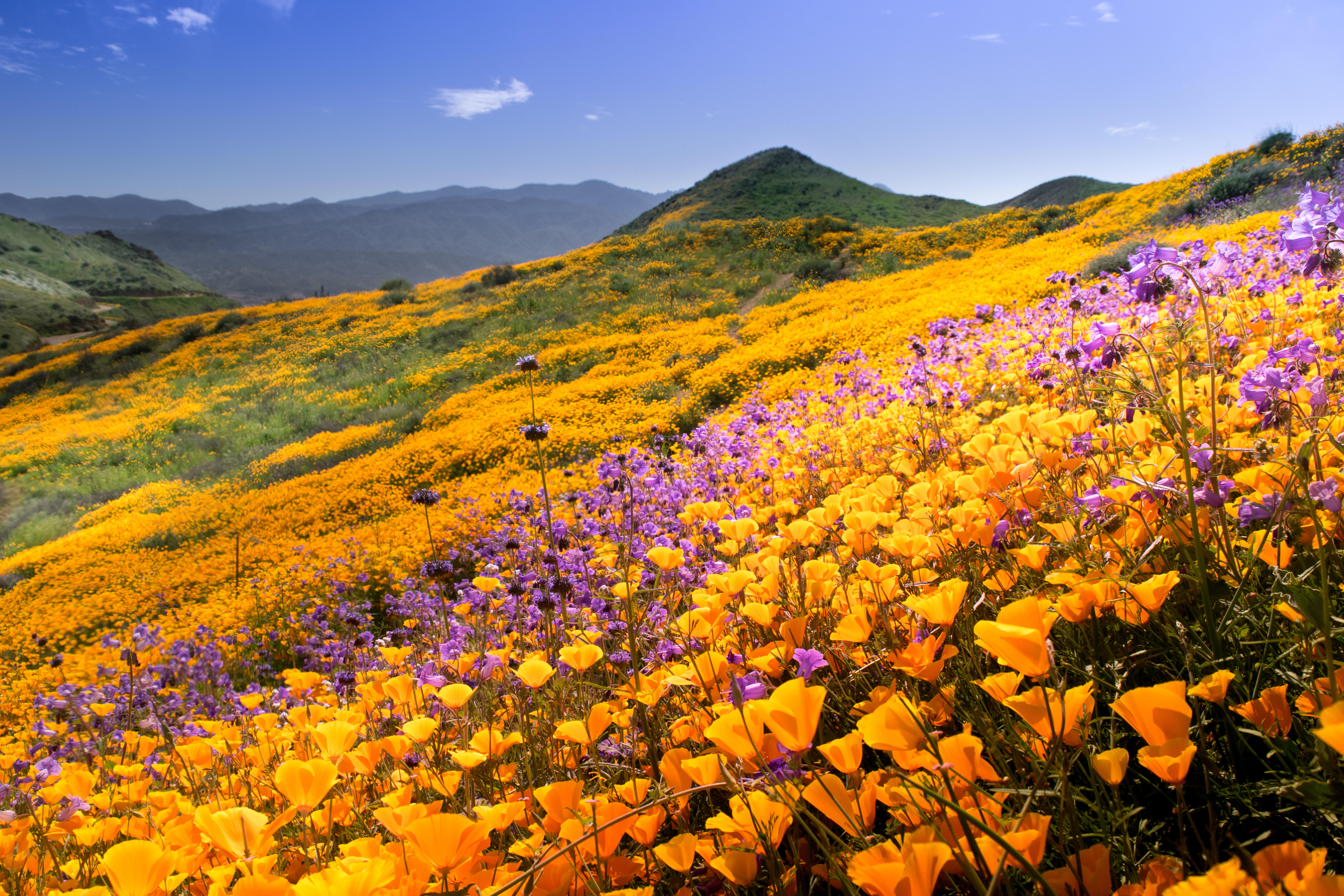SoCalDem
SoCalDem's JournalI might be hungry
I got this picture on my facebook, and I thought....Chocolate cake..yummy...

what it reallywas

Quack!
What a disgusting little pic I just saw for the first time..She was 10

many more here.. He's a perv.. I feel it..![]()
https://www.pinterest.com/crodhiatus/ivanka-trump/?lp=true
The End of Ice: Dahr Jamail on Climate Disruption from the Melting Himalayas to Insect Extinction
STORYFEBRUARY 12, 2019
https://www.democracynow.org/2019/2/12/the_end_of_ice_dahr_jamail?fbclid=IwAR2uGw7ZBgXYsa7g-2CJX3DRLg_MA1vDnHdnId4KNjAqOrG5vH86gKNvy5U
A new report finds at least a third of the Himalayan ice cap will melt by the end of the century due to climate change, even if the world’s most ambitious environmental reforms are implemented.
The report, released by the Hindu Kush Himalaya Assessment earlier this month, is the culmination of half a decade’s work by over 200 scientists, with an additional 125 experts peer reviewing their work. It warns rising temperatures in the Himalayas could lead to mass population displacement, as well as catastrophic food and water insecurity.
The glaciers are a vital water source for the 250 million people who live in the Hindu Kush Himalaya range, which spans from Afghanistan to Burma. More than 1.5 billion people depend on the rivers that flow from the Himalayan peaks.
We speak with Dahr Jamail, independent journalist and Truthout staff reporter. He is the author of the new book “The End of Ice: Bearing Witness and Finding Meaning in the Path of Climate Disruption.”
snip
Seattle snow brings out a T-Rex
https://www.facebook.com/carolyn.henning/videos/10215892269234259/Southern California Will Soon See Another Booming Superbloom
https://thumbs-prod.si-cdn.com/wrBiNyK_v6cR4S72g_ZcQqGVwqQ=/800x600/filters:no_upscale()/

By Jason Daley
SMITHSONIAN.COM
FEBRUARY 11, 2019 4:24PM
11510011332
In the next few weeks, parts of Southern California may experience a superbloom, which is when the desert landscape comes alive with blossoming wild poppies, verbena, lilies, primroses, prickly pear and dozens of other species of ephemeral native spring wildflowers, reports Evan Nicole Brown at Atlas Obscura.
The term superbloom is used to describe years when excess rain causes chaparral and desert landscapes to produce more flowers than normal, with carpets of wildflowers sometimes covering entire landscapes for a brief period, explains Eleanor Imster at EarthSky. The seeds of desert wildflowers are made to last—they often have thick or waxy coatings and are able to survive in a dormant state for years or decades. Tiffany Camhi at KQED reports that the best superblooms occur after extended drought has had time to kill off invasive weeds that compete with native wildflowers for sunlight, followed by above average rainfall. When the excess rain soaks and softens the seed coats—as they did in 2017—the plants germinate en masse, producing acres and acres of blossoms.
In some desert areas, rare species that only bloom every few years, or even decades, can pop up. “In super blooms you can get flowers, which in some cases, are thought to be extinct," Richard Minnich, a professor of earth sciences at University of California, Riverside says.
The massive Woolsey Fire that burned 96,949 acres in Los Angeles and Ventura scorching 88 percent of the Santa Monica Mountains National Recreation Area will also help to produce a bumper crop of flowers in southern California. That’s because many wildflower species, including poppy, popcorn-flower, lily, lupine, snapdragon, and some sunflowers only germinate under these exact conditions. Mark Mendelsohn, a National Park Service biologist the Recreation Area tells Brown that circumstances are right for a unique superbloom in the region
snip
Read more: https://www.smithsonianmag.com/smart-news/southern-california-cusp-another-jawdropping-superbloom-180971466/#VIkdPjhSTvtMB5ed.99
Give the gift of Smithsonian magazine for only $12! http://bit.ly/1cGUiGv
Follow us: @SmithsonianMag on Twitter
Wild Otters playing in the snow..Vashon Island, WA
https://www.king5.com/article/news/local/pets-and-animals/watch-wild-otters-playing-in-the-snow-on-vashon-island/281-0337a55b-2a1c-4ebf-91f8-32d8b55fbeedWell, this is otterly adorable.
A Ring doorbell camera recorded a group of otters playing in the snow on Vashon Island Friday. Pam Brossard shared the footage from her camera on Vashon, an island community about 12 miles southwest of Seattle.
Video shows at least five otters rolling around and tussling on a snowy deck and yard on the waterfront. Viewers at the south end of Vashon Island said the snow started falling around noon on Friday and came down all afternoon, accumulating 3-4 inches.
And now, for something completely different
Enjoy the frolicking baby goats !!
https://www.facebook.com/FunniestFamilyMoments/videos/531746807291749/
I found something wonderful to share with you guys
It's called Grammarly.. I catches everything and is easier to work than DU's spellcheck..It catches syntax & punctuation errors too..
Enjoy.. it's free..... https://app.grammarly.com
SUNSHINE predicted
Next Saturday ![]()
I do love looking at the snow.. I do not have to go anywhere, so I'm content to watch it ..
Luckily no one in my neighborhood shovels, so I'm off the hook there too ![]()
Profile Information
Gender: Do not displayMember since: 2001
Number of posts: 103,856
